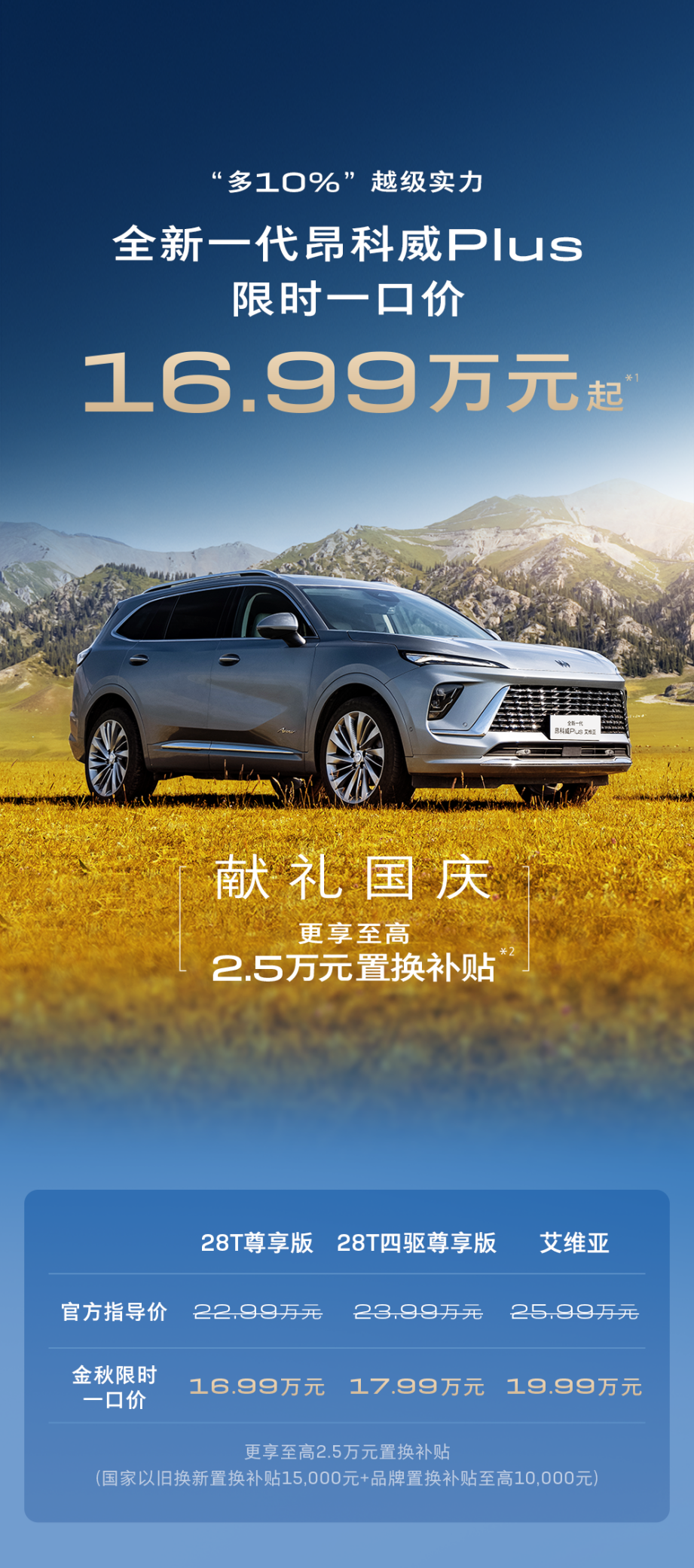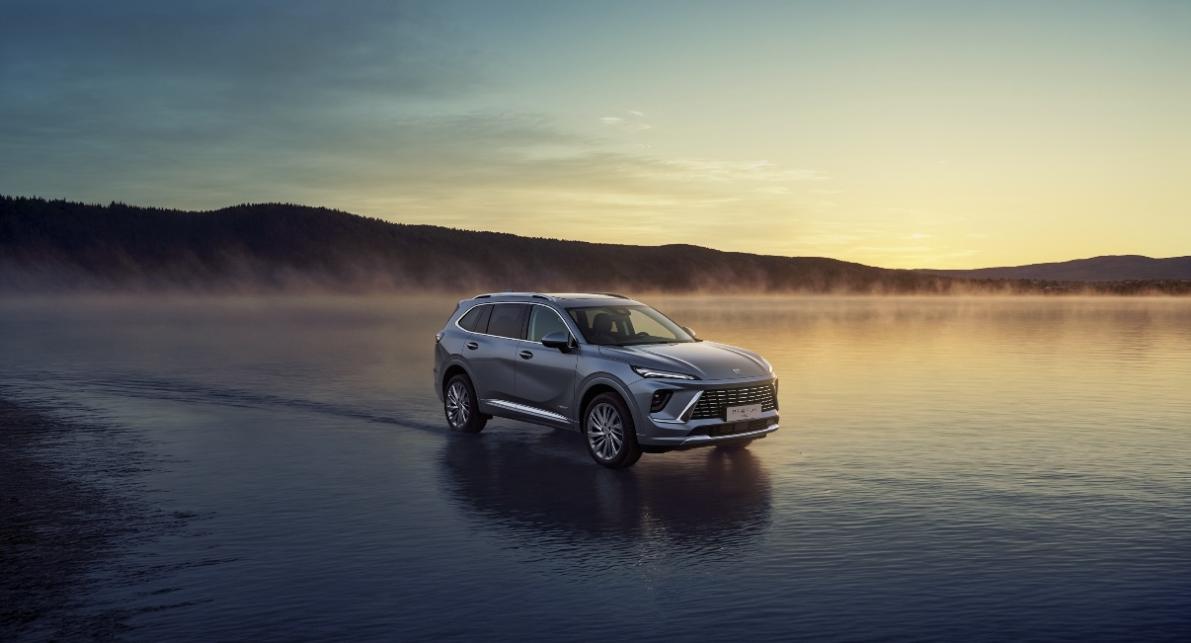
In the booming Chinese market for new energy vehicles, a seemingly "contrary to the trend" industry signal is becoming increasingly strong—the price of gasoline-powered vehicles is rising again.
This is not baseless; it is supported by ample factual evidence.
According to the latest data from the China Association of Automobile Manufacturers, domestic sales of gasoline-powered vehicles reached 1 million units in September, a year-on-year increase of 6.4%. This marks the fourth consecutive month of year-on-year growth for gasoline-powered vehicles. Driven by mainstream joint venture brands such as Buick, the entire gasoline-powered vehicle market has seen a glimmer of hope for a "rebound".
For a long time, the mainstream view in the market has pointed to the irreversible trend of "electrification replacing gasoline vehicles," with only time remaining. However, as the game progresses and gasoline vehicle sales return to normal, it forces us to rethink the issue of the transition from gasoline to electric vehicles: Why is there such a sustained rebound in gasoline vehicles, which were long considered to be from the "old era"? Have consumers' decision-making methods changed in some way?
As a "speed-up example" in this revolutionary resurgence, the underlying logic behind the Envision phenomenon may reveal a breakthrough solution that the gasoline vehicle market is desperately seeking.
Buying a gasoline-powered car provides a more reassuring option, as it "guarantees" market demand.
On the surface, new energy vehicles have already gained an overwhelming advantage over gasoline-powered vehicles.
According to statistics from the China Passenger Car Association, the penetration rate of new energy vehicles in China exceeded 57% in September this year, and is expected to surpass 60% in October, demonstrating a significantly stronger presence than that of gasoline-powered vehicles. The general perception in the market is that new energy vehicles are almost overwhelmingly superior to gasoline-powered vehicles. However, in reality, considering the respective needs of each camp leads to completely different judgments. No matter how strong the momentum of new energy vehicles is, gasoline-powered vehicles still have their irreplaceable realities.
Before discussing this topic, we cannot ignore the diverse and complex car usage scenarios in the Chinese market; this is a prerequisite. Undeniably, in core cities like first- and second-tier cities where resources are more focused and supporting infrastructure is more complete, new energy vehicles have indeed quickly achieved a strong breakthrough in capturing consumers' minds, and these markets often provide a higher market share for new energy vehicles.

However, the automotive market cannot only serve users in large cities.
In third- to sixth-tier cities, suburban areas, and even long-distance inter-provincial scenarios, new energy vehicles still cannot completely solve essential problems such as convenient charging, reduced range in winter, and long queues for charging on highways. What these users value most is not the trendy value brought by new energy vehicles, but rather a reliable guarantee of travel, and this demand will continue for a long time.
Many people have heard the saying, "For highway driving, look to American cars; for American cars, look to Buick." Many Buick models have been dubbed "highway legends" by netizens. Just this past October, Buick's Envision family sold over 17,000 units, with the Envision Plus seeing a 174% year-on-year increase in cumulative sales from January to October. This makes it a representative of high-value gasoline vehicles returning to the mainstream, reflecting, to some extent, a re-evaluation of the value of gasoline cars.

Buick isn't the only company to recognize this trend; a growing number of enterprises are choosing to "shift their strategic course." From multinational automakers to joint ventures and domestic brands, they are all adopting a "parallel development of gasoline and electric vehicles" strategy to address the uncertainties that may arise during the transformation process. The status of gasoline vehicles is being further "accelerated and shifted," but new energy vehicles cannot be neglected. As the saying goes, both must be grasped firmly.
Objectively speaking, any revolutionary reshaping of the market is not achieved overnight, and the full electrification transformation of the Chinese market cannot yet provide a 100% definitive answer. At least for now, in markets where new energy vehicles cannot penetrate, gasoline-powered vehicles will still be essential to meet demand, as evidenced by the rising sales of the Envision family. This is both an inevitable result driven by demand and a reflection of the complex and evolving decision-making psychology of consumers.
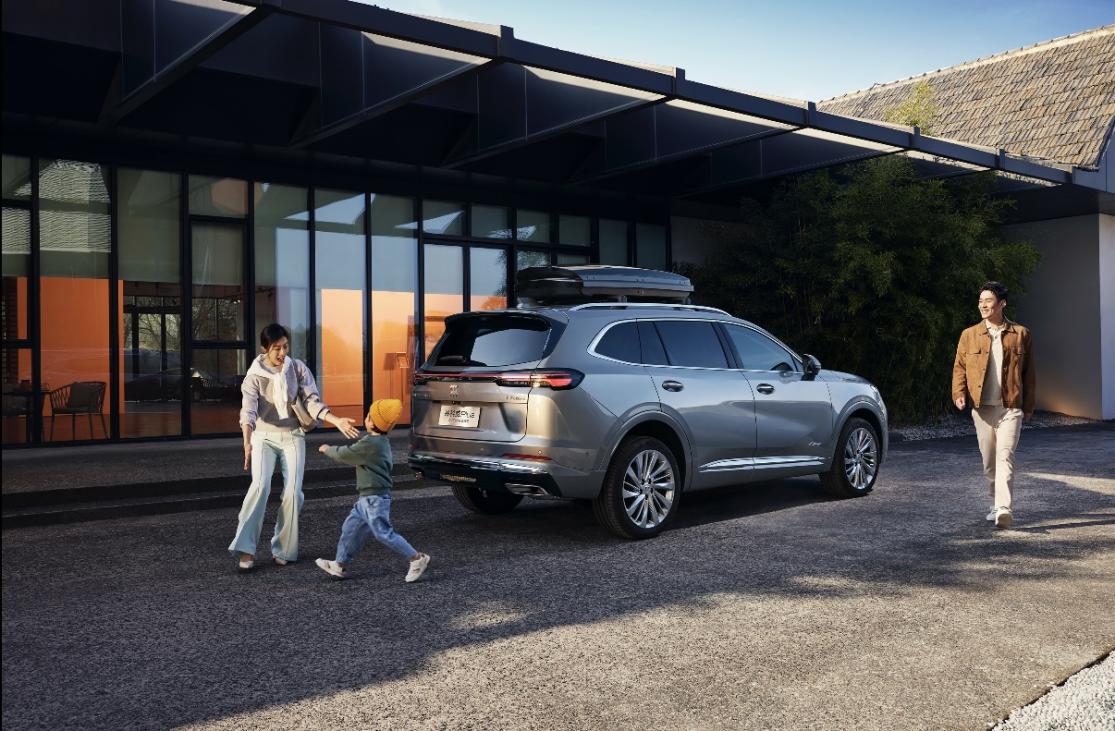
While in the past few years, users were willing to pay an emotional premium for technological innovation, as subsidies gradually fade and usage costs and safety issues become more apparent in real-world scenarios, many are turning their attention to the most basic needs such as resale value, durability, and safety. The Envision family has precisely captured this "pragmatic return." Its continuously improved driving stability, controllable energy consumption costs, and mature maintenance system enable it to fulfill the mission and responsibility of a primary family car.
Therefore, from a macro perspective, gasoline-powered vehicles have experienced a revolutionary resurgence, while from the user's perspective, it represents a more rational and pragmatic choice based on real-life scenarios.
Abandoning its past achievements, gasoline-powered vehicles are reshaping their competitiveness.
The Chinese auto market has never believed in tears, especially in the increasingly fierce competition. To make a comeback, it is not enough to just rely on the momentum of a trend. For the gasoline vehicle market, if it still hopes to passively defend the market reputation left over from the joint venture era, it will eventually be ruthlessly abandoned in this elimination round.
Therefore, examining this round of recovery in the gasoline-powered vehicle market from a deeper strategic perspective actually has greater value for sample analysis.
Taking the Envision Plus as an example, the inherent brand value of joint venture vehicles is certainly a plus, but the comeback of this product, the Envision family, and even the entire Buick brand is fundamentally a well-prepared and strategic proactive attack based on existing advantages.
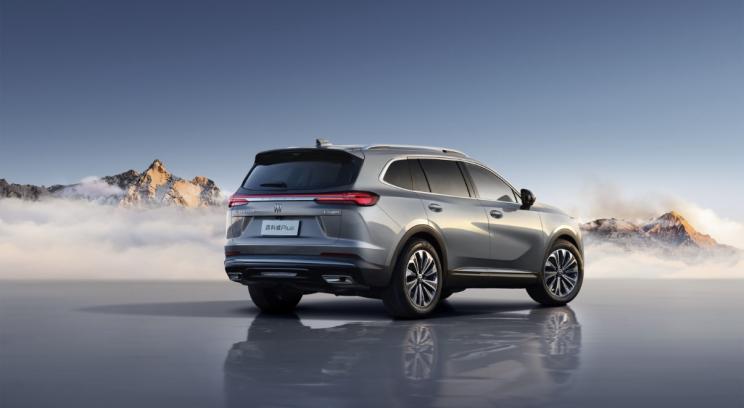
To understand this strategy, it needs to be re-examined using the logic of "beginning with the end in mind".
As new energy vehicles enter the "computing power era," the shortcomings of gasoline vehicles become more apparent compared to new energy vehicles, namely the lack of "intelligence." When intelligent features were first applied to new energy vehicles, it created a market perception that "gasoline vehicles ≠ intelligence," which was a major blow to gasoline vehicles.
Against this backdrop, Buick decisively determined the strategic direction of "intelligent integration of gasoline and electric vehicles," and then implemented the tactical needs in models such as the Envision Plus, ensuring that users would perceive changes when they opened the configuration list, from high-resolution large screens to advanced intelligent driving assistance applications, and then to voice control that fully meets mainstream standards, AI large models, and vehicle ecosystem, etc.
The Envision gives the impression that joint venture vehicles can achieve the same level of intelligence as new energy vehicles. However, addressing the shortcomings doesn't mean that the original strengths can stand still. The Envision Plus, with its "10% more" superior capabilities, throws another bombshell into the market. In short, all high-value features are standard.
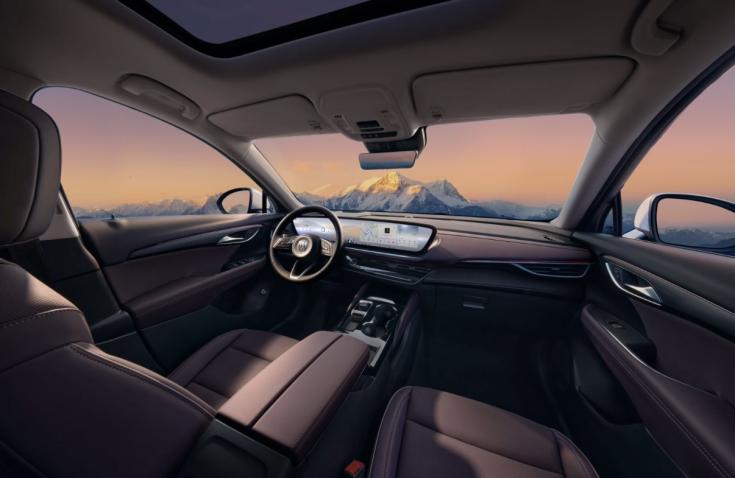
With its class-leading 30-inch integrated curved 6K screen, seat technology derived from the GL8, a 2.0T high-power variable-cylinder turbocharged engine paired with a 9-speed automatic transmission, and a large-size full-frame subframe and hydraulic bushings used regardless of cost, the Envision Plus boasts significant advantages over its competitors. Moreover, the streamlined product lineup further amplifies these advantages. Unlike some brands that offer a dozen or more versions and commemorative editions, the Envision Plus is available in only three versions: two-wheel drive, four-wheel drive, and the high-end Avenir, with full features included as standard. This not only makes it easier for users to choose but also allows Buick to focus more intently on its "single-product" strategy.
To give another example, the lowest price for a four-wheel drive model in the same class is over 200,000 yuan, but the Envision Plus four-wheel drive version maximizes its value with a "fixed price" of 179,900 yuan, which strongly enhances the product's appeal to consumers.
This straightforward, nationwidely unified pricing strategy is a first among joint venture brands. It not only reduces haggling and builds trust among consumers, but also alleviates transaction anxiety. It's readily apparent that after more than a year of implementing the "one-price" policy, Buick's pricing system has become clearer than ever before, and consumer confidence has significantly increased.
This shows that when brands stop making users do math problems in the decision-making process, the barrier to purchasing gasoline-powered cars is truly lowered.
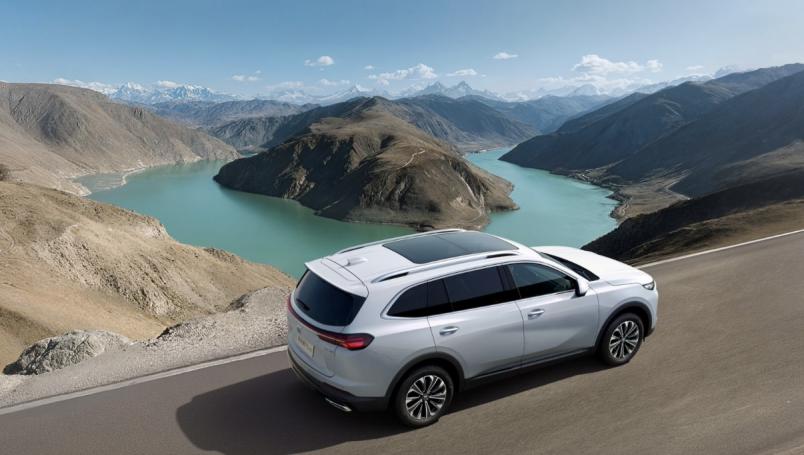
In conclusion:
It's not hard to see that the success of the Envision Plus represents a shift in the landscape of the Chinese market at this stage. While traditional gasoline vehicles may have lost their dominant position under the onslaught of new energy vehicles, it doesn't mean they've become obsolete. As long as demand remains, and as long as they can create value beyond that demand, they can launch another offensive in the market.
A more likely scenario for the future is that new energy vehicles will not stop developing, but gasoline vehicles will not disappear from the stage of history. The market will eventually stop competing on the form of power, but on the user experience. Whoever can truly solve the problem will become the preferred choice.
(Content reprinted from Cheyitiao)
